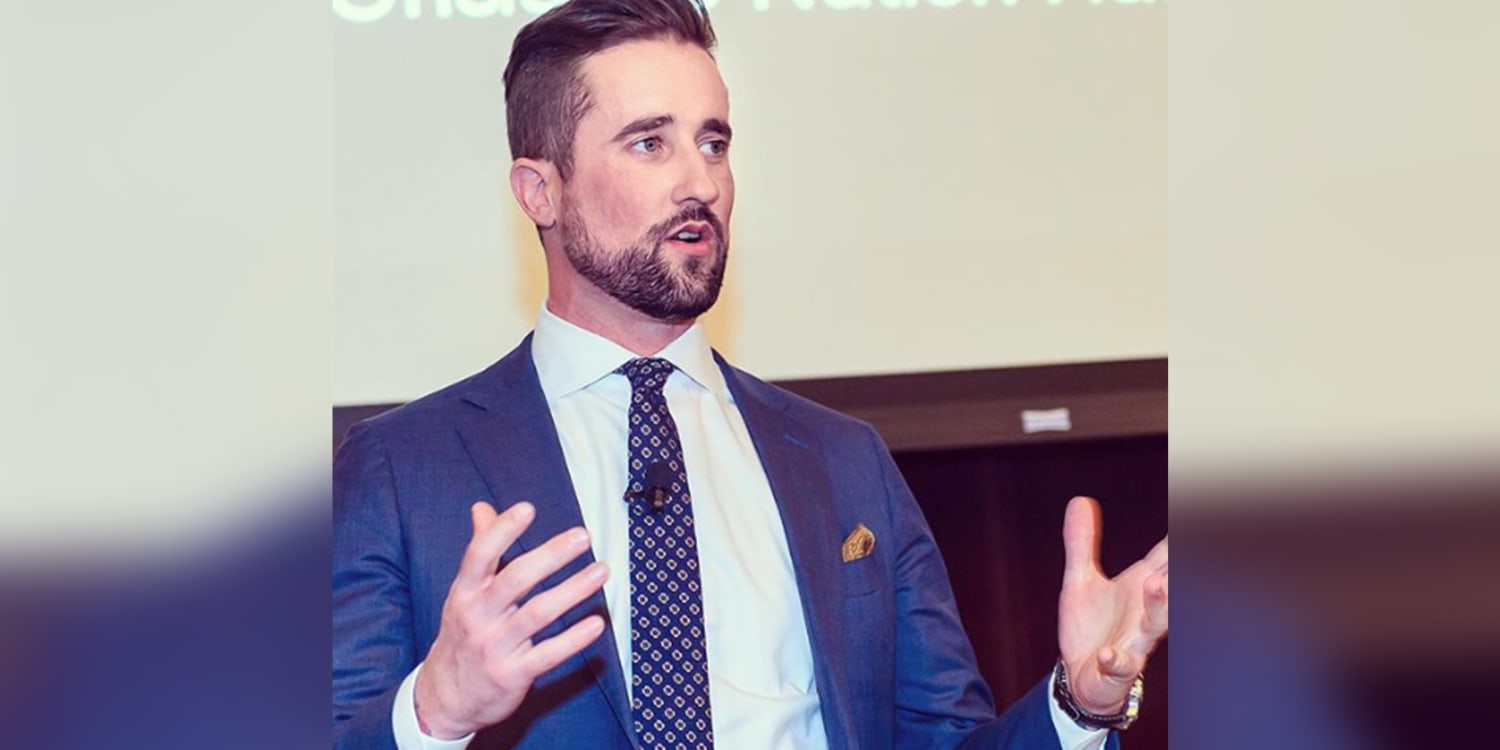Fifteen people died at Columbine High School in a school shooting on April 29, 1999: Two shooters, 12 students, and one teacher. In May of 2019, the incident claimed another victim: Austin Eubanks, 37, who was found dead in his home after struggling for years to combat opioid addiction, which began with prescriptions given to him after he was wounded that tragic day in the high school library.
Our job is to find a takeaway here. Eubanks became an addict-activist after he first found sobriety, preaching to audiences how opioids were more comfortable than grief, which persisted long after the physical pain of his wounds had gone away.

His family said he “lost the battle with the very disease he fought so hard to help others face.” They also said they would carry on with his struggle to create community awareness of addiction and recovery.
His message, meanwhile, was spot on. He said, “You can’t heal it if you don’t feel it.” He was referring to any number of psychological problems that underlie addictions. Using opioids, alcohol and even social media, he said, just numbs the pain that part of a healing process. Turning to mind-numbing behaviors and substances allows old psychological wounds to remain untreated, Eubanks would say.
His story is also emblematic. He lost jobs in advertising and marketing due to his opioid abuse and ended up waking up in jail one day not knowing how he had gotten there. That was April of 2011. He had been arrested several times, by then, for stealing to sustain his habit. But when he woke up with no memory of being arrested, he said, he had reached “rock bottom.”
Rock bottom is the place or incident that serves as the final awakening among addicts as the sign they need to face their addiction. In theory, every addict has a rock bottom, but that is not always the case. Many alcohol-related deaths from falling down stairs, an automobile crash or overdose death becomes rock bottom for some.
Eubank’s life and addiction are also tied to the monstrous societal issue of random school shootings. At the Columbine shooting in 1999, Eubanks stood next to his best friend, who was slain right in front of him. Eubanks ended up lying down in a pool of his friend’s blood – memories so chilling that healing is a difficult concept to grasp for anyone, let alone a 17-year-old. Surviving that kind of trauma is difficult beyond words.
Like addictions, post-traumatic stress can be very difficult to turn off. You can treat and heal, but a complete recovery is hard to define, let alone reach. Recovery is possible and necessary. But the issue requires a lifetime of healing.
Part of Eubanks’ legacy is his overriding message, his meta-message, which is that healing requires coming out of the closet. Talk to a friend, he would say. Talk to a therapist. Go to a 12-Step meeting and talk. Talk to your family. Talk to your spouse. Talk to your children. Talk and heal. Talk and heal.
Make A Call
Addiction to opioids can be broken with proper intervention and healing. If you know anyone hooked into an addiction cycle or are looking for help for yourself, call the U.S. Rehab Network today to discuss rehabilitation options. Help break the cycle. In Scottsdale, Az., call 888-598-0909 for more information.
